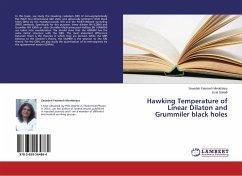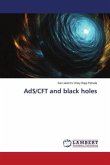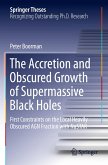Quantum gravity is suppose to arise from a unification between relativity and quantum theory. We start this work with an overview over general relativity. The first chapter, as well the other two, is based on a series of lectures given by professor Leonard Susskind at Stanford University. Strings are very interesting objects which play a very important role in the quantum gravity. Open strings are known as photons, and closed strings as gravitons, both being quantum mechanical objects. This chapter describes in detail some properties of the open strings, and by analogy, on can derive as well the same properties for the closed strings case which play a central role in quantum gravity. In the the last chapter, and the most important one, we analyze the Black Holes and their quantum properties. They are described as strings. We end this work with the analogy between Black Hole horizon and de Sitter space horizon. The book is actually based on a series of lectures I gave at the Faculty of Mathematics and Computer Science, University of Bucharest, as a motivation for my PhD thesis 'Manifolds, submenifolds and their applications at the CERN Large Hadron Collider'.
Bitte wählen Sie Ihr Anliegen aus.
Rechnungen
Retourenschein anfordern
Bestellstatus
Storno








